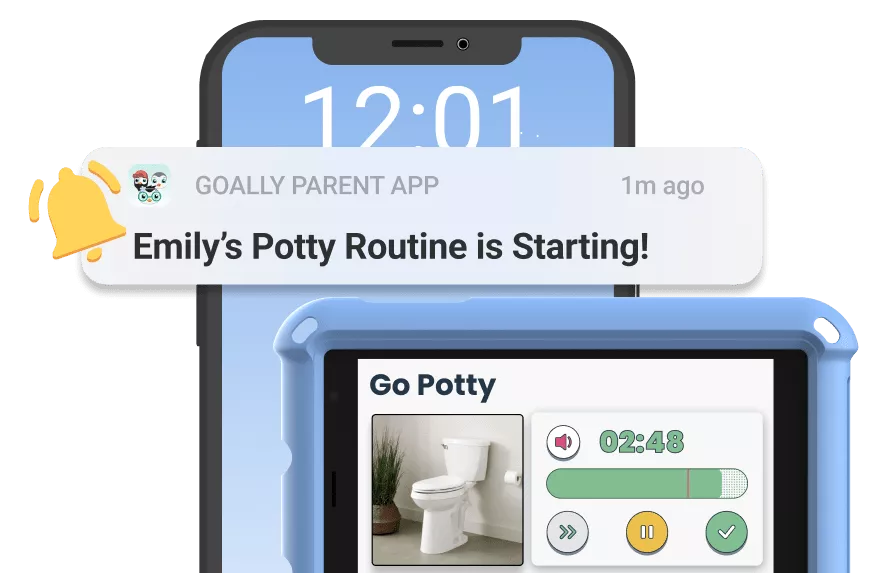As someone who works closely with children, I often see the challenges parents face in understanding their children’s emotions. This list of emotions for kids is designed to help you navigate those tricky waters. By familiarizing yourself with these emotions, you can better support your child’s emotional growth. Educating yourself on these feelings will provide you with practical strategies to teach your child how to understand and manage their emotions effectively.
Table of Contents
1. Happiness
Starting on a bright note, happiness is the emotion every parent loves to see their children exhibit. It’s that warm feeling of joy, delight, or contentment that accompanies success or pleasant experiences. To encourage happiness in kids, keep them surrounded by positivity.
- Participate in activities they love
- Compliment their efforts and achievements
- Plan family activities that foster bonding and joy
Remember that fostering an atmosphere of love and positivity can go a long way in building a foundation for happiness in your child’s life.

Read more: 7 Habits of Happy Kids
2. Sadness
It’s important to acknowledge that sadness is a natural and normal emotion for all children, including those with thinking and learning differences. Learning to cope with sadness develops emotional resilience and understanding.
When your child is feeling down, try these strategies:
- Listen empathetically and validate their emotions
- Comfort them with a hug or reassuring words
- Suggest activities that allow them to express their emotions (drawing, writing, or talking)
Supporting your child during moments of sadness builds trust and teaches them that it’s okay to express their emotions.
3. Anger
Anger is a powerful emotion and can be quite challenging to manage. However, there are plenty of ways to help kids deal with it effectively, particularly for neurodivergent children.
Here are some recommendations:
- Teach relaxation techniques (deep breathing, counting to ten)
- Encourage physical activities to release pent-up energy
- Introduce healthy strategies for problem-solving
Helping your child develop anger management tools can foster improved communication and understanding between you both.
4. Fear
Children may feel fear for various reasons—whether real or imagined. As parents, it’s crucial to acknowledge and validate their feelings to effectively work through them.
Consider these techniques when addressing fear:
- Discuss different scenarios and role-play possible outcomes
- Offer comfort items for security (favorite toys or blankets)
- Encourage open communication about their fears and concerns
By doing so, you’re nurturing their emotional growth and teaching them coping mechanisms for future moments of fear.
5. Frustration
Frustration is an all-too-common emotion, particularly for neurodivergent kids. The good news is we’ve got strategies to help make handling frustration a bit more manageable.
When your child becomes frustrated, try these tips:
- Encourage them to verbally express their feelings and reasons for frustration
- Break tasks into smaller, achievable steps
- Celebrate their determination and progress
By working through frustration together, you’ll empower your child to persevere and overcome challenges.
6. Excitement
Finally, excitement is an uplifting emotion that can fuel creativity and engagement. However, when it becomes excessive, it’s essential to teach our children how to manage it appropriately.
To help your child modulate excitement, follow these suggestions:
- Set boundaries and expectations for behavior during exciting moments
- Instruct them to take deep breaths and think before reacting
- Enable opportunities for physical activity to release energy

Read more: How to Tell if Someone is Sad
Teaching your child to balance excitement with self-control will prepare them for handling various emotion-filled situations in the future.
Goally | 100+ Streaming Video Classes
Does your child need some extra guidance on building essential life skills? Goally’s skill building tablet for kids includes a TV app that has the most robust video library of skills training videos for kids. Ranging from content like “How to Brush Your Teeth” to “How to Make Friends at School,” we have dozens of interactive video lessons for kids with thinking and learning differences.

HERE’s a video explaining how to works.
Understanding this list of emotions helps parents and kids handle their feelings better. Supporting your child’s emotions is key to their growth and well-being. By using practical strategies and promoting open communication, you can guide them through the range of human emotions.
Resources:
FAQs about List of Emotions for Kids
What is the importance of teaching kids about emotions?
Teaching kids about emotions helps them understand their feelings and improves their emotional intelligence, which is crucial for social interactions and mental health.
At what age should children start learning about emotions?
Children can start learning about emotions from a very young age, as early as infancy, through age-appropriate activities and discussions that help them recognize and label their feelings.
How can parents help their children identify emotions?
Parents can help by using emotion charts, playing emotional intelligence games, and modeling appropriate emotional responses in everyday situations.
What are some common emotions children should learn to identify?
Common emotions include happiness, sadness, anger, fear, surprise, and disgust. Teaching these basic emotions helps children communicate their feelings more effectively.
Why do children sometimes struggle to express their emotions?
Children may struggle to express their emotions because they are still developing their vocabulary and emotional regulation skills. Providing a supportive environment where emotions are discussed openly can help them feel more comfortable sharing their feelings.
This post was originally published on 06/04/2023. It was updated on 12/21/2023.

Goally
We help parents teach their kids life skills, like doing bedtime and morning independently. Backed by science, we incorporate evidence-based practices and expert-informed designs in all of our apps and content.






